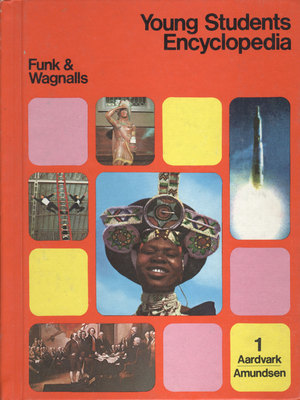When you were a child or young adult, what book first opened your eyes to the diversity of the world?
 I
didn’t read books as much as I should have. I struggled with
comprehension and retention. There was plenty of Dr. Seus and Mother
Goose around the house, but I preferred our Funk & Wagnalls Young
Students Encyclopedias. That’s where I discovered a multicultural world.
I
didn’t read books as much as I should have. I struggled with
comprehension and retention. There was plenty of Dr. Seus and Mother
Goose around the house, but I preferred our Funk & Wagnalls Young
Students Encyclopedias. That’s where I discovered a multicultural world.
As
a child, I thought the world was white. That’s what my world looked
like growing up in Des Moines, Iowa in the 1960s and 70s. White people,
white books, white movies, white television, white music. Encyclopedias
allowed me to see the world from another vantage point. They revealed a
world made up of color -- brown people of every shade. Maybe that’s why
encyclopedias appealed to me so much.
What is your favorite diverse book that you read recently?
I’m
a little confused about the term ‘diverse book.’ It's one of those
uncomfortable, elephant-in-the-room terms, that used to mean one thing,
but has morphed into something entirely different. It’s an industry code
word whose definition still evolves.
I’ve illustrated
children’s books for nearly 30 years -- trade and educational. When I
entered the business back in the 80s, people used the word ‘diversity’
interchangeably with Black or African-American. When someone said
‘diversity,’ I knew they were talking about me. I was often hired to
illustrate a text because an editor had a ‘diverse,’ ‘multicultural,’
‘African-American’ manuscript. However when I hear the term used today,
it’s more inclusive, as should be. When someone says ‘diverse,’ they
could mean African-American, Hispanic, Asian, Native, LGBT, girls/women,
mixed-race, physically challenged, Buddhist -- or even white. A better
question might be: What is a favorite book that exemplifies diversity?
But even that would be a difficult question because I don’t think
diversity can be about one or two books. It’s about a body of books: Heart & Soul; Diego Riveria; Dreaming Up!; Around our Way on Neighbor’s Day; Alvin Ho; Jingle Dancer. There’s so many.
